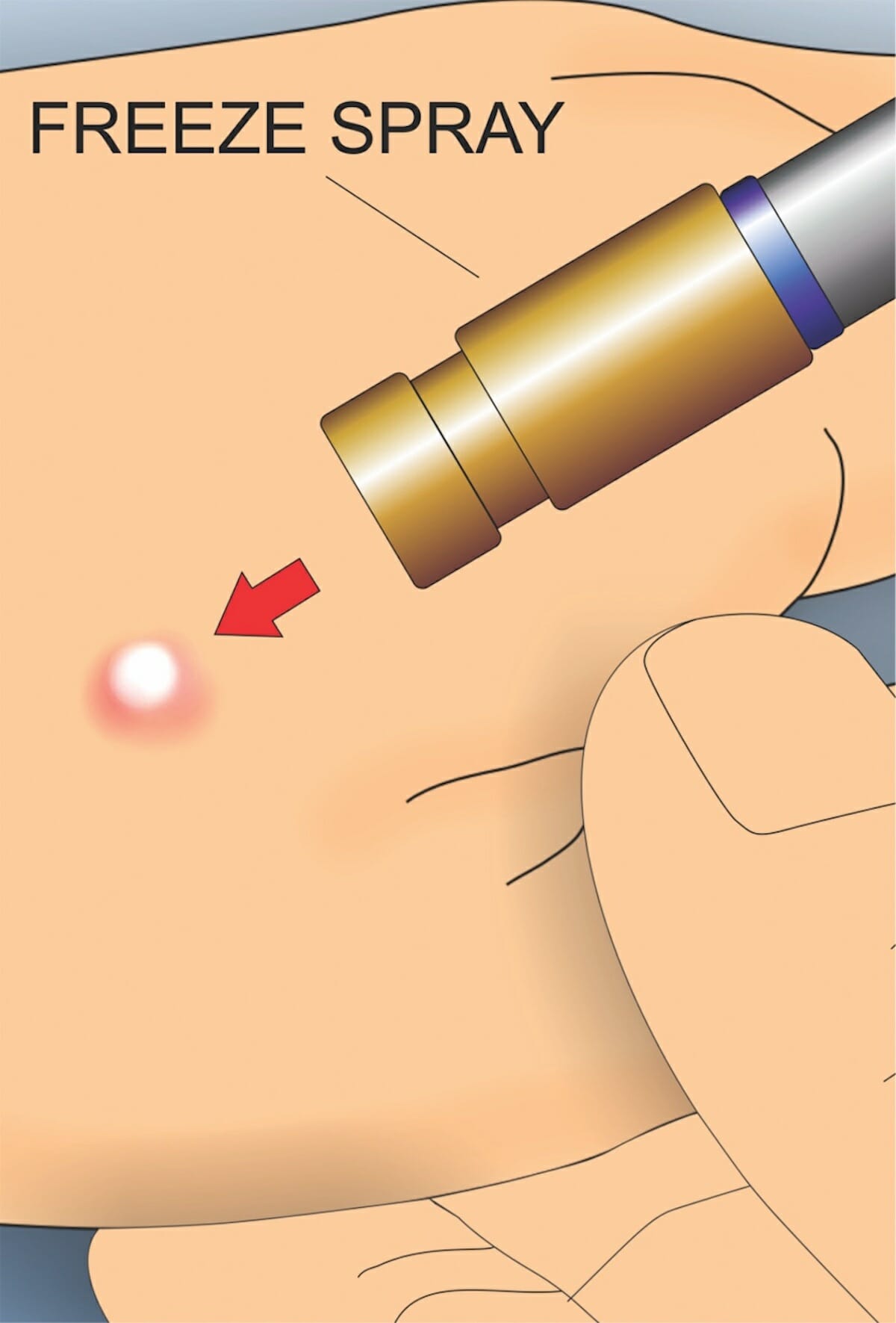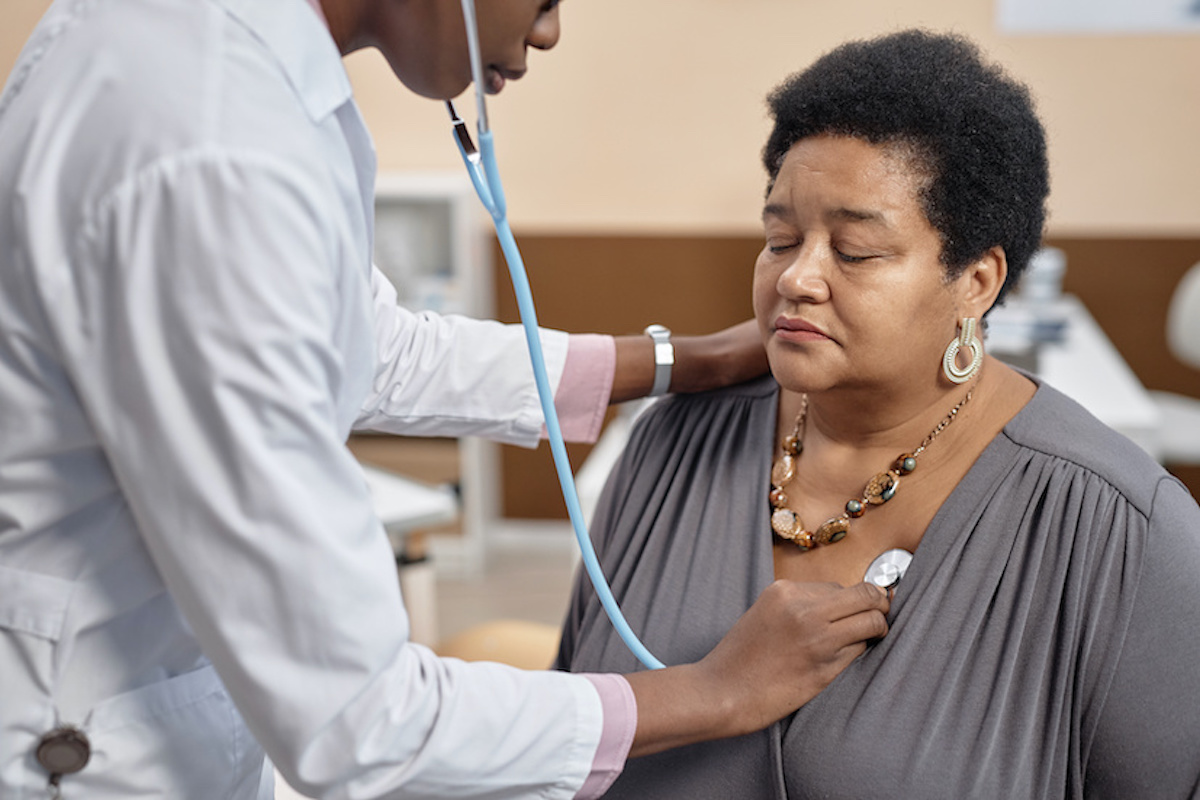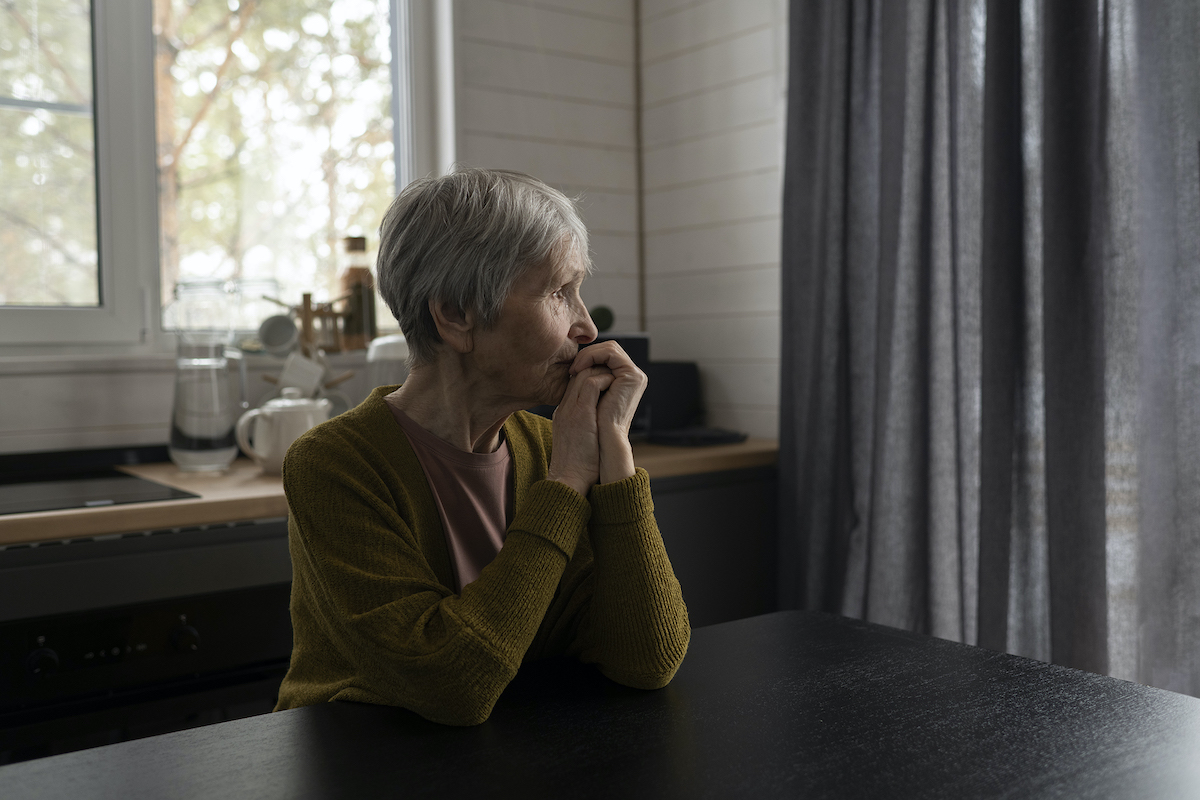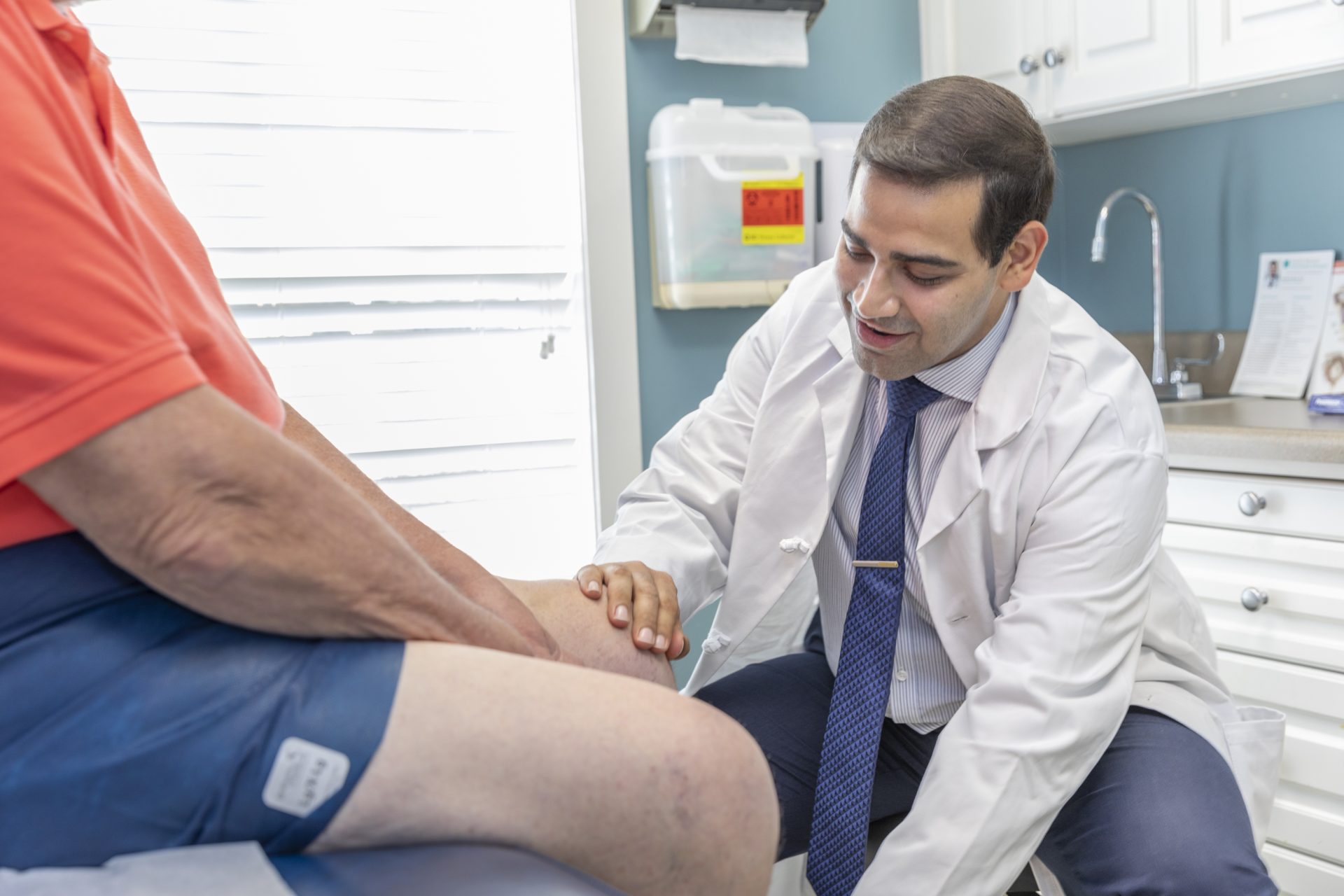By Christopher Byrne
There’s a reason nobody wants warts, since these small, grainy bumps— which often show up on the hands—are bothersome and embarrassing. But so-called “common warts” are highly treatable and can even disappear on their own, according to Christopher Byrne, PA-C, of Advanced Dermatology P.C.
Nearly 1% of the population is dealing with warts at any given time, according to the American Academy of Family Physicians. Caused by the human papillomavirus (HPV) entering through a tiny cut or break in the skin, warts are highly contagious—whether to other people or other locations on the affected person’s body, Byrne explains.
“Warts can actually be spread through casual skin contact or by sharing items such as towels or washcloths,” says Byrne, a physician assistant who’s also a founding member of the New York Dermatology Physician Assistants. “Most people have either experienced warts themselves or seen them on others, but don’t always understand how they got there.”
“The HPV virus is wily, sneaking through cracks in the skin such as a hangnail or scrape,” Byrne adds. “Biting your nails can also enable warts to spread around your nails and fingertips.”
When to see a doctor
Those with warts may have noticed that the flesh-colored bumps—which can also show up on the face, feet and other body areas—are dotted with tiny black pinpoints. These are actually small, clotted blood vessels in the wart, Byrne notes.
But you may be unsure whether it’s time to see a doctor for common warts. Byrne advises medical attention especially when the growths are:
Painful
Changing in appearance or color
Interfering with your life or everyday activities
Appearing in clusters
“While common warts aren’t cancerous, you may also be wondering if your growth is actually a wart or something else,” Byrne says. “Anyone can get them, but children and those with weakened immune systems are more prone to the HPV virus causing warts.”
Diagnosing warts is straightforward for a dermatology specialist, Byrne adds. “Your doctor will either know just from looking at the bumps that they’re warts, or may take a sample to test for HPV,” he explains.
Treatment and prevention tips
The majority of untreated warts will simply vanish over time—typically months, Byrne says. But because warts are often unsightly, you may want to speed that process. Byrne explains your treatment options:
At-home medications: Over-the-counter wart removers usually contain salicylic acid, which come in liquid, gel and patch form. By applying the medication each day for several months, you can dissolve the wart one layer at a time.
Freezing: Known medically as cryotherapy, your doctor can freeze the wart off by applying liquid nitrogen. After, a blister will form that will then peel off with the wart itself. Sometimes several such treatments are needed.
Immunotherapy: Because warts are caused by a virus, stubborn cases might benefit from a topical chemical that provokes an immune response to make the warts go away.
Lasers: Your doctor can aim a specialized laser light to cut off a wart’s blood supply by heating and destroying tiny blood vessels inside it.
Topical medication: You doctor may apply a liquid containing a chemical called cantharidin to the wart, cutting off its blood supply. A follow-up visit is needed to remove the dead wart.
You can’t always prevent warts, but certain tactics can discourage their growth, Byrne says. “Don’t share towels, washcloths, nail clippers or razors,” he advises, “and don’t touch someone else’s wart.”
“The good news is that warts usually can go away on their own, and treatment almost always works,” he adds. “While warts can be embarrassing, you do have lots of options to get rid of them and prevent new ones from developing.”
Christopher Byrne, PA-C, is a physician assistant who specializes in dermatology at Advanced Dermatology P.C.; www.advanceddermatologypc.com.
Exclusive content from CARE magazine












